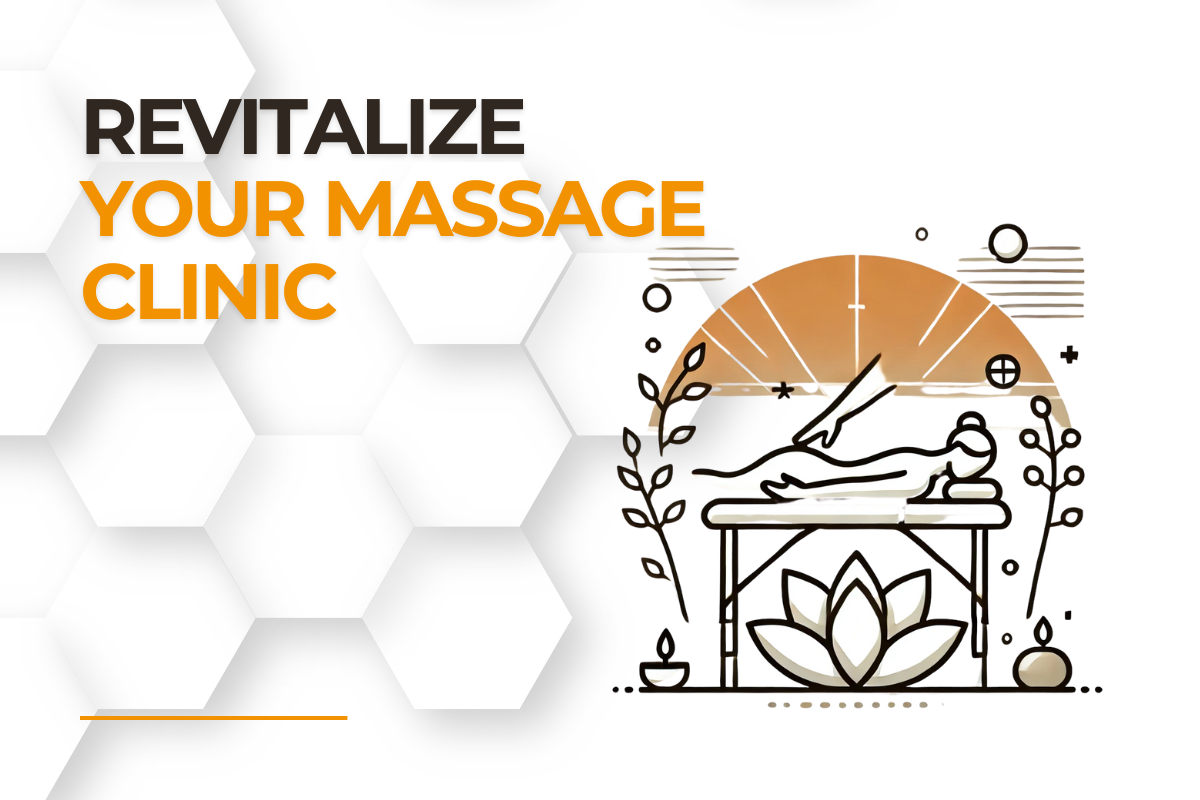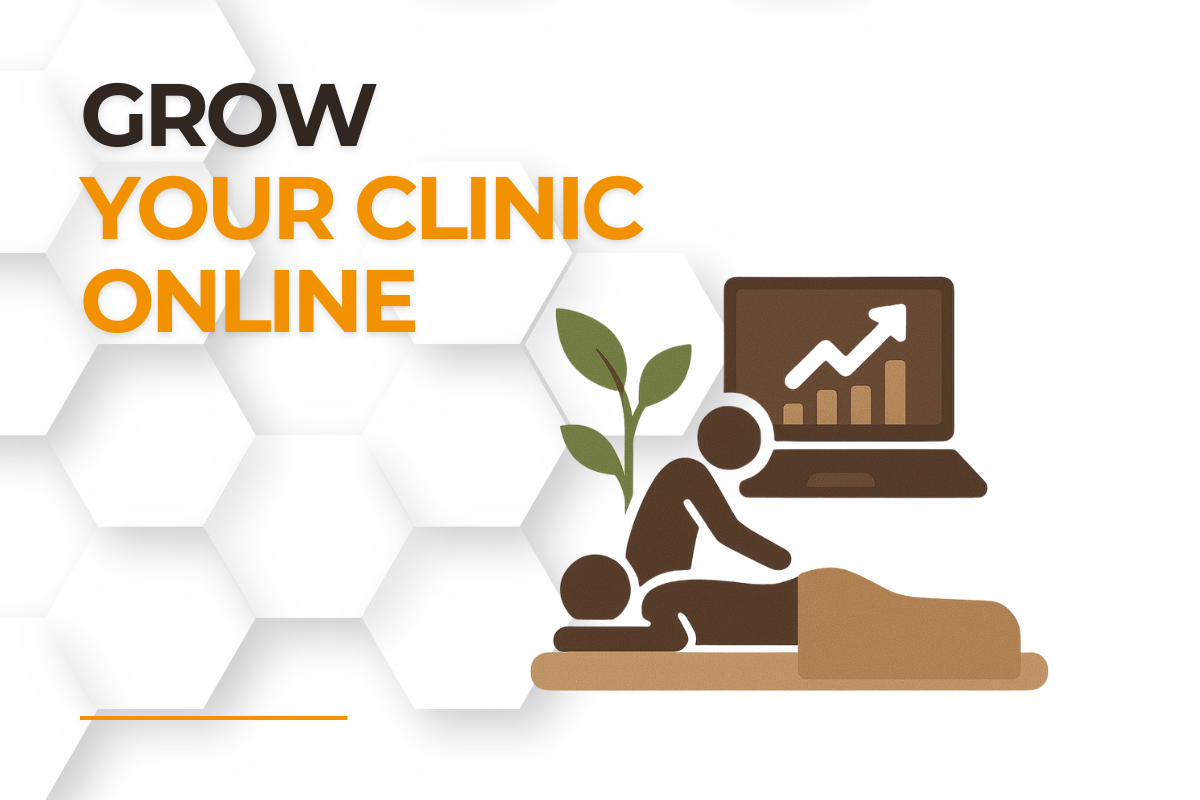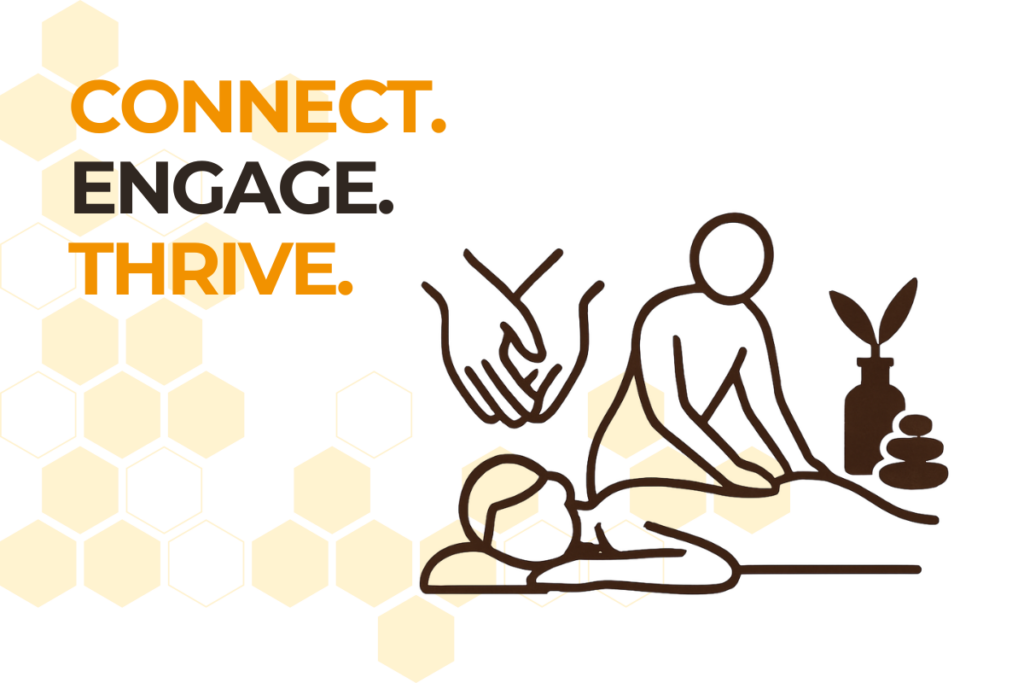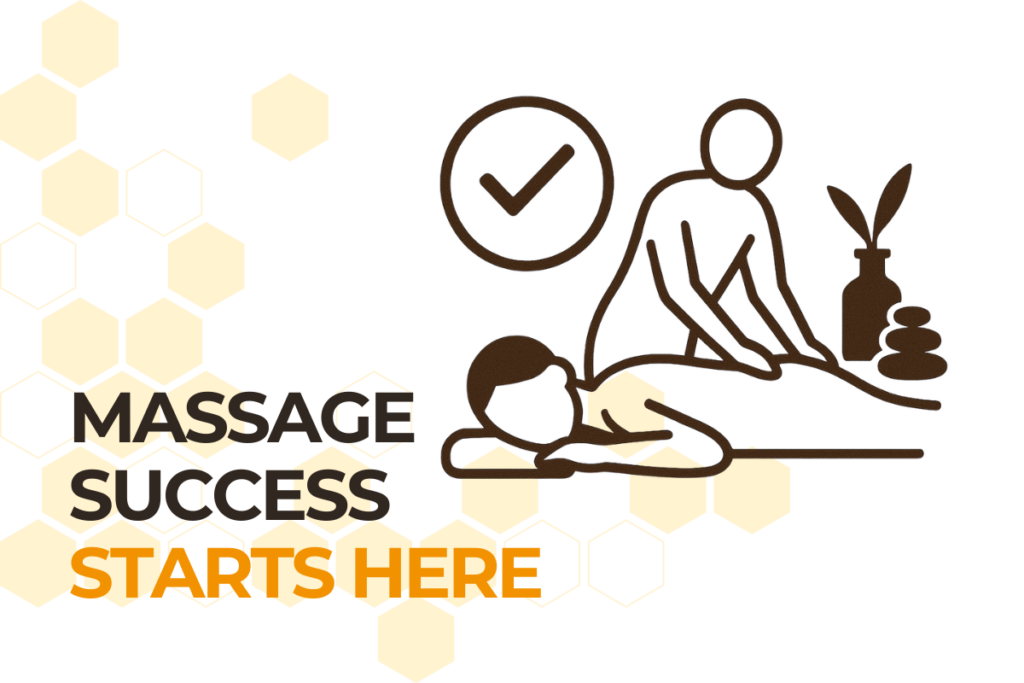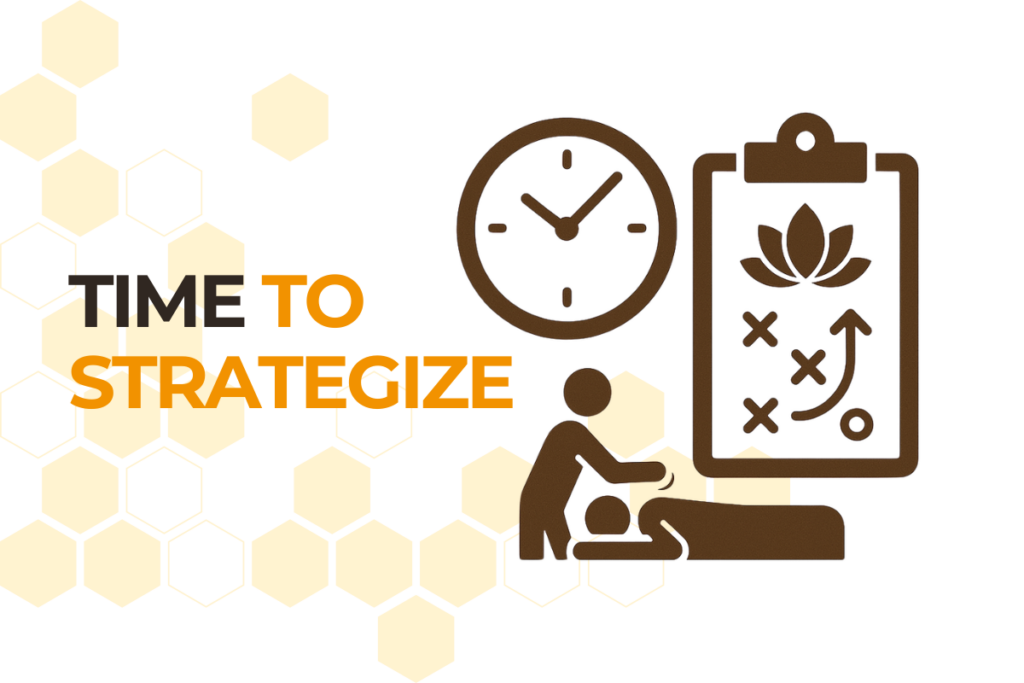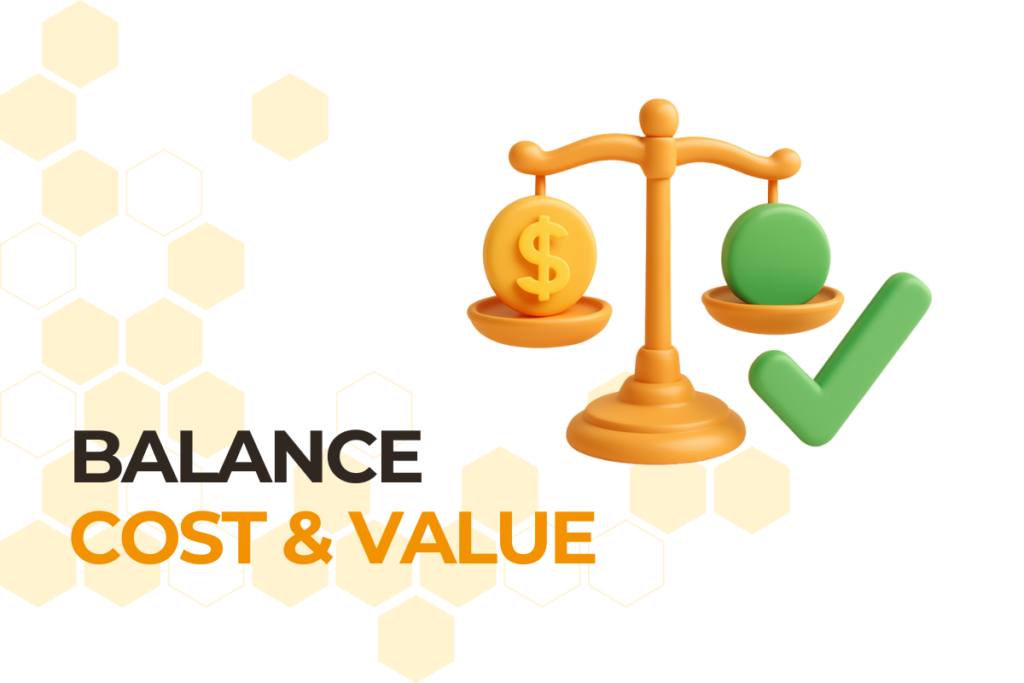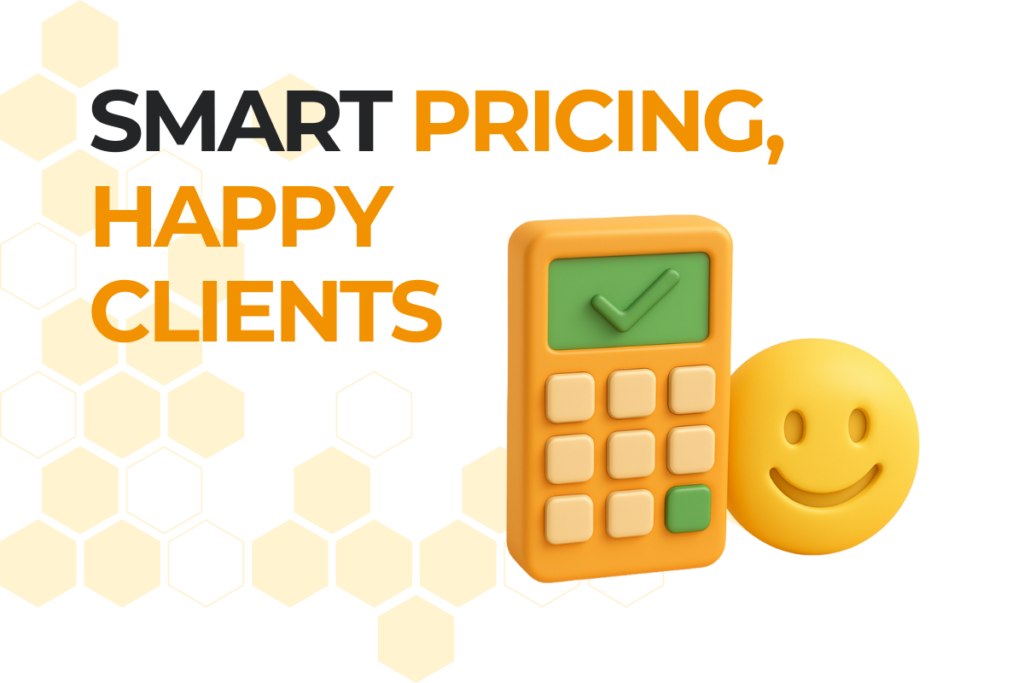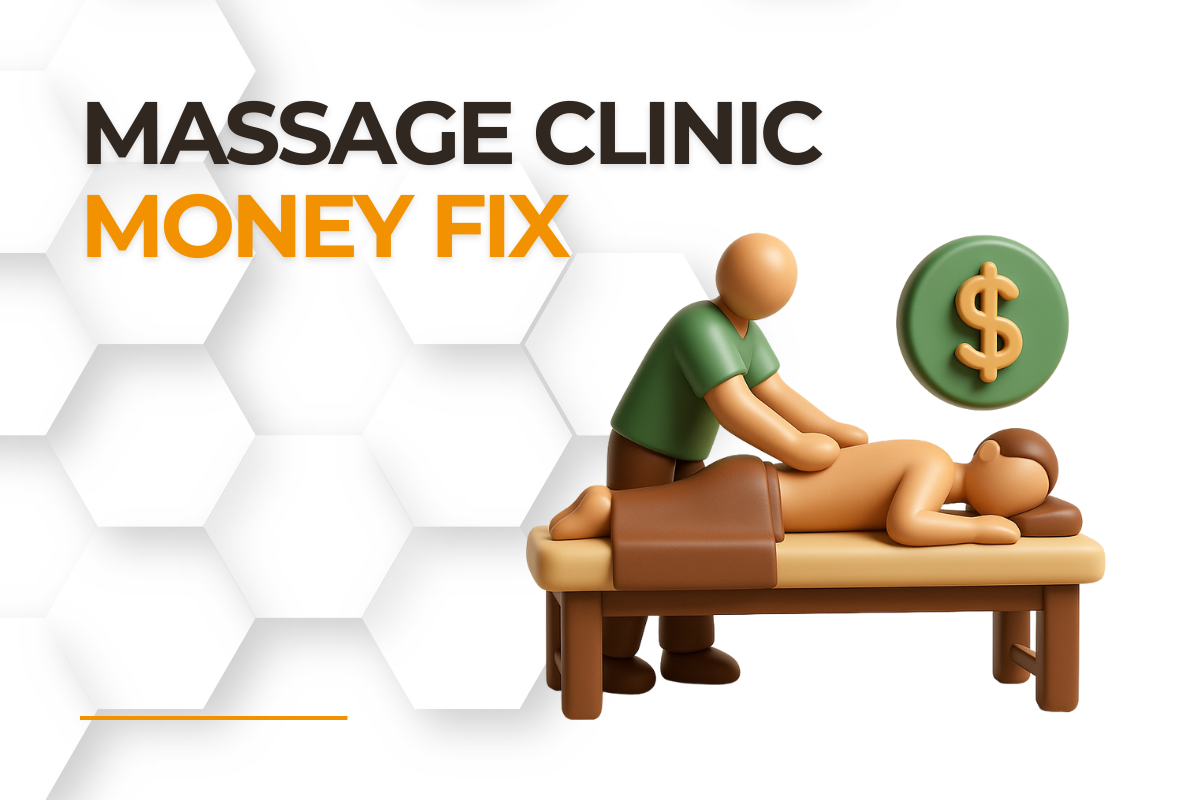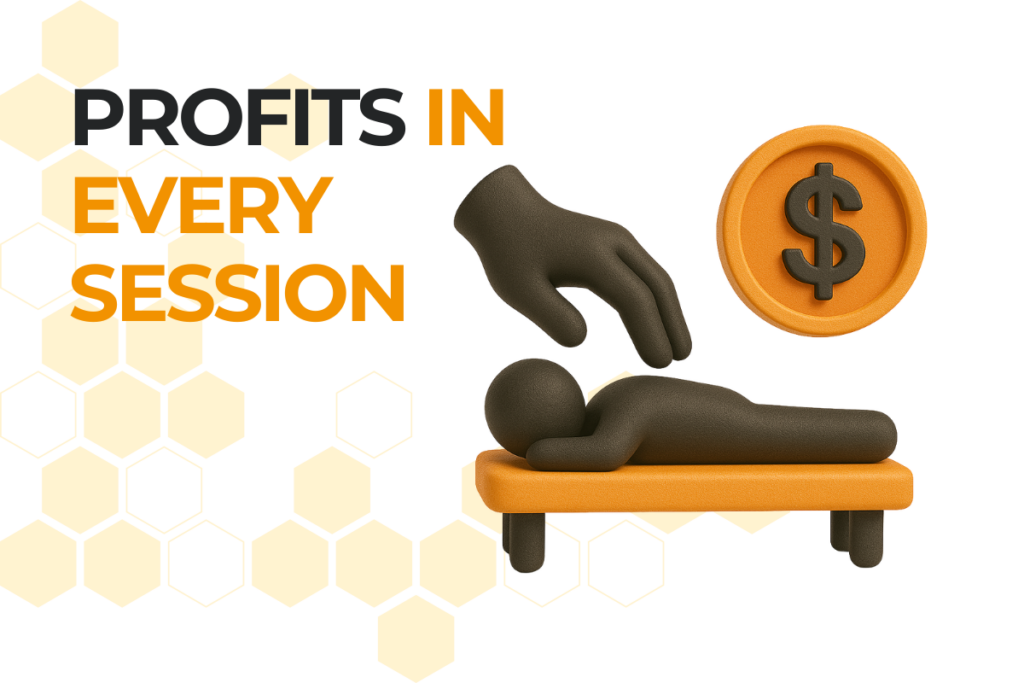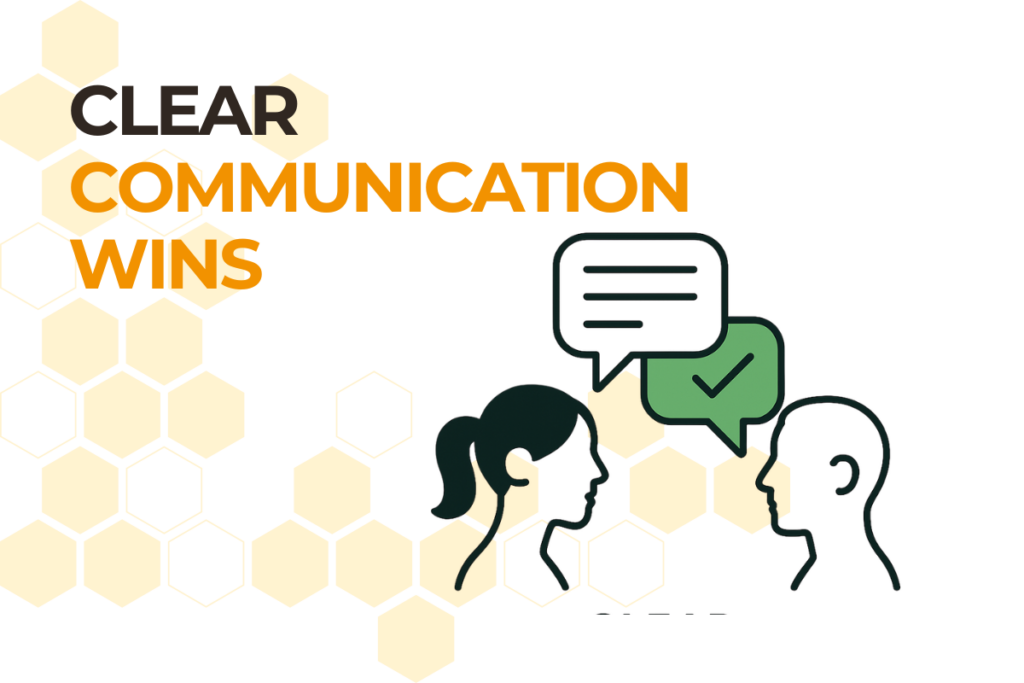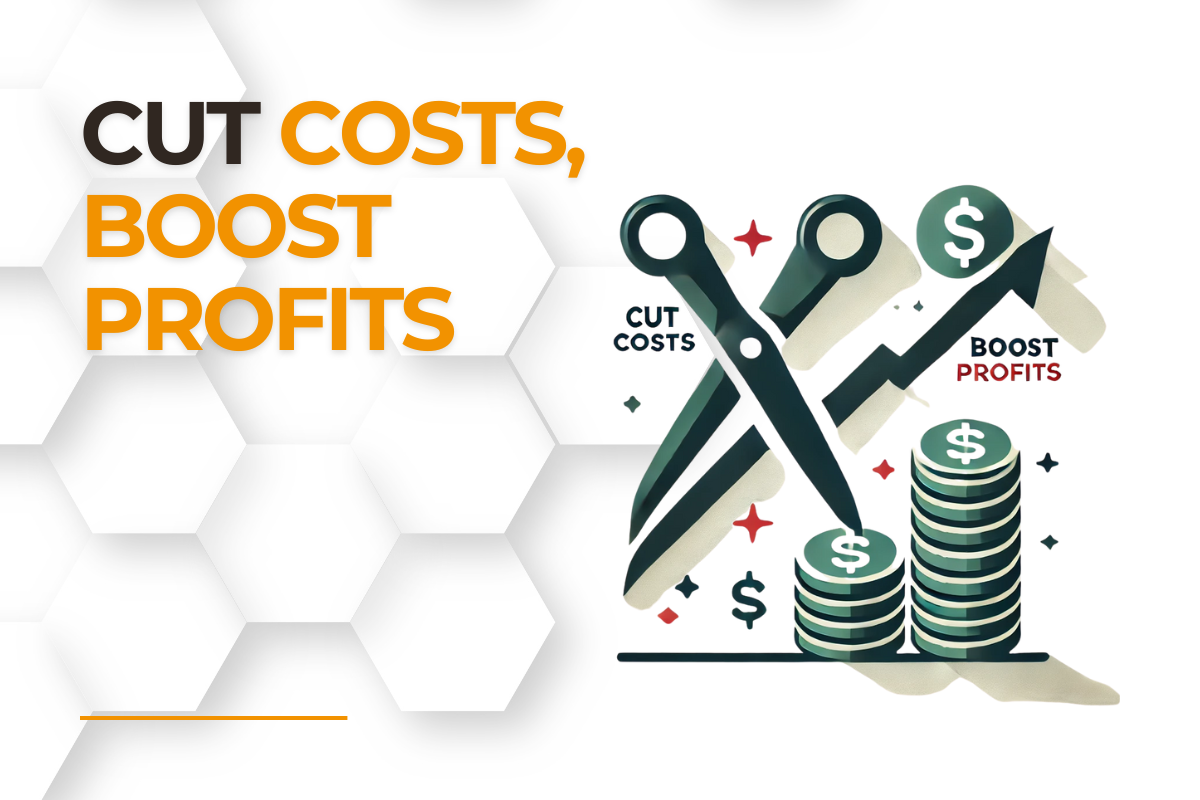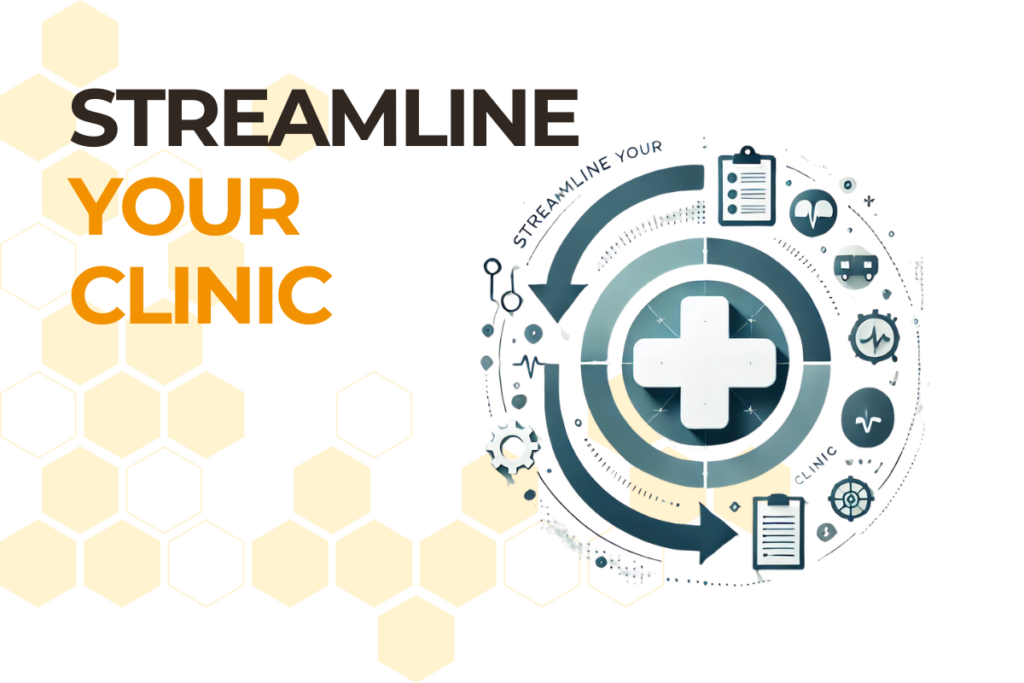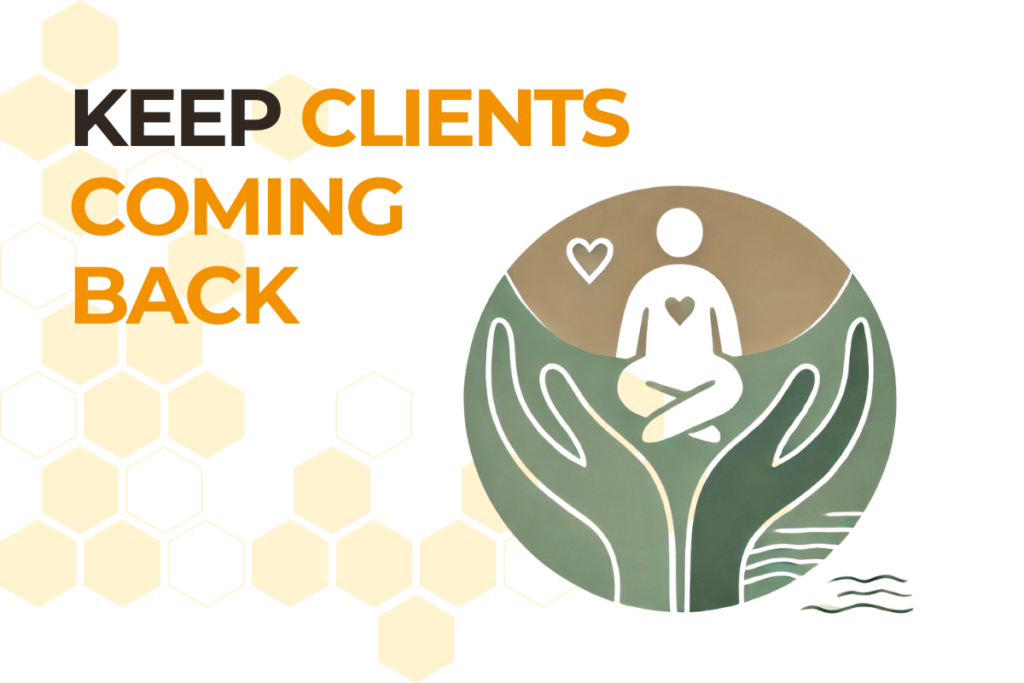Empower Your Clinic’s Growth with Proven Strategies
A referral program is the cornerstone of growth for any massage clinic, serving as a dynamic engine for both attracting new clients and deepening existing relationships. In today’s competitive wellness industry, a robust referral program can revolutionize your client base by converting satisfied clients into active brand ambassadors. With over 90% of consumers trusting recommendations from people they know, leveraging a referral program is not merely advantageous—it’s a critical strategy for sustainable success. By tapping into the authentic voices of your clients, you boost your clinic’s credibility, reduce marketing costs, and increase client retention.
This comprehensive guide will walk you through every step needed to build a thriving referral program specifically tailored for massage therapy clinics, addressing common challenges, uncovering industry insights, and offering actionable strategies that align with your unique business needs. Whether you’re just starting out or refining an existing program, these proven tactics will help you maximize referrals, enhance client satisfaction, and drive lasting business growth.
The Importance of a Referral Program for Massage Clinics
Building Trust Through Personal Recommendations
Massage therapy is all about healing, trust, and personal care. When clients receive a recommendation from someone they know, it carries a weight that no advertisement can match. A well-designed referral program leverages these genuine connections, ensuring that your services are introduced to new clients through trusted voices.
- Trust Factor: Personal endorsements significantly reduce hesitation when trying a new service. Clients are more likely to book an appointment if they know someone who has already experienced your exceptional care.
- Word-of-Mouth Advantage: Satisfied clients who share their positive experiences help you build a reputation that speaks louder than any traditional marketing campaign.
Economic Impact and Growth Potential
A thoughtfully crafted referral program can dramatically cut your client acquisition costs while boosting long-term loyalty. Research shows that referrals not only have higher conversion rates but also tend to be more loyal over time. This means your referral program will drive both immediate bookings and enduring client relationships.
- Cost Efficiency: By relying on referrals, you reduce the need for expensive advertising and promotional campaigns.
- Increased Lifetime Value: Clients acquired through referrals generally exhibit higher retention rates, translating to a more sustainable revenue stream.
- Industry Insight: For further reading on the economic benefits and market trends in massage therapy, explore authoritative massage therapy industry insights.
Identifying and Tackling Key Challenges
While a referral program holds great promise, its implementation is not without obstacles. Recognizing these challenges is the first step to creating a successful referral program for your massage clinic.
Balancing Value and Profitability
One of the foremost challenges is finding the right balance between offering valuable incentives and maintaining profitability. You want to reward your clients adequately without compromising your bottom line.
- Actionable Strategy: Analyze the lifetime value of a new client versus the cost of incentives. This careful calculation will help you determine a sustainable reward structure that benefits both your clients and your business.
Crafting an Authentic and Trustworthy Message
Your clients expect a genuine experience, and any hint of a hard sell can quickly undermine the trust you’ve built. Therefore, the messaging for your referral program must reflect the warmth and integrity of your service.
- Tip: Focus on the personal benefits and community aspects of your service. Sharing testimonials and real stories that highlight how your clinic has improved lives reinforces trust and makes the referral program feel like a natural extension of your care.
Effective Tracking and Measurement
Without a clear system to track referrals, gauging the success of your referral program can become overwhelming. Relying on manual processes often leads to inaccuracies and missed opportunities.
- Solution: Implement a robust tracking system that integrates with your existing booking software and CRM. Consider leveraging tools like Hivemanager’s automated appointment scheduling tool to streamline the process and obtain real-time insights.
Managing Limited Time and Resources
Massage therapists are experts in healing, not marketing. The demands of running a clinic can leave little time for developing and managing a referral program.
- Practical Advice: Automate as much of the referral program as possible. Automation not only saves time but also ensures consistency in communication. Outsourcing or delegating parts of the program can also be an effective strategy.
Customizing for the Massage Experience
Every massage clinic is unique, and what works for one may not work for another. Your referral program must be tailored to reflect the personalized nature of your service.
- Client Feedback: Survey your existing clients to understand which rewards resonate most with them. This feedback is invaluable for designing a referral program that aligns perfectly with your clients’ preferences.
- Incentive Examples: Whether it’s a discount on a future session, a complimentary add-on service, or loyalty points, choose incentives that feel personal and rewarding.
Seamless Integration into Daily Operations
A successful referral program should blend effortlessly with your clinic’s daily operations. This means integrating it with your appointment scheduling, client communications, and even in-clinic promotions.
- Integration Tip: Map out your client journey and identify natural moments for referrals. Ensure your staff is well-trained and informed about the program so they can introduce it naturally during client interactions. For a smoother operation, check out Hivemanager’s CRM integration for streamlined client management.

Step-by-Step Guide to Building a Successful Referral Program
Developing a referral program for your massage clinic might seem daunting, but a systematic approach can simplify the process significantly. Follow these steps to build a program that drives growth and builds lasting trust.
Define Clear Objectives and Understand Your Audience
Before you begin, clarify what you want to achieve with your referral program. Are you looking to increase new client bookings, boost overall revenue, or enhance client loyalty?
- Goal Setting: Identify key performance indicators (KPIs) such as conversion rates, client retention, and overall return on investment (ROI).
- Audience Analysis: Create detailed client personas by considering demographics, common pain points, and service preferences. This insight will help you tailor your referral program to meet your clients’ needs.
Select the Right Incentives
The incentives you choose play a critical role in the success of your referral program. They must be appealing enough to motivate your clients while remaining financially sustainable.
- Options to Consider:
- Discounts: Offer a percentage off the next session.
- Complimentary Services: Provide free add-on treatments or extended session time.
- Loyalty Points: Introduce a system where clients earn rewards over time.
- Experiment and Evaluate: Test various incentive models and gather client feedback to refine your offerings.
Crafting an Engaging Message
The way you communicate your referral program is just as important as the incentives you offer. Your messaging should be authentic, clear, and aligned with your clinic’s values.
- Effective Communication: Use storytelling to share real experiences from satisfied clients. Emphasize the benefits of your service and how referrals contribute to the community’s well-being.
- Personalization: Tailor your message for different client segments. Personalized emails, visual content, and in-clinic signage can all reinforce your referral program’s message.
Implement a Robust Tracking System
To measure the effectiveness of your referral program, you need a tracking system that is both reliable and user-friendly.
- Technology Integration: Ensure your tracking software integrates seamlessly with your appointment scheduling and CRM systems. Real-time data is crucial for making timely adjustments to your strategy.
- Data Accuracy: An effective system minimizes manual errors and allows you to monitor each referral from initial contact to booking.
Automate and Streamline the Process
Automation can significantly reduce the workload associated with managing a referral program. By automating routine tasks, you free up time to focus on client care.
- Automated Workflows: Set up automated emails to thank clients for referrals and notify them of their rewards. Automation ensures that no referral slips through the cracks.
- Streamlined Communication: Use your CRM to send personalized follow-ups and reminders, making the entire process more efficient and professional.
Test, Optimize, and Scale Your Program
A referral program should evolve along with your business. Continuous testing and optimization are key to long-term success.
- Gather Feedback: Regularly survey clients and staff to identify what works well and what could be improved.
- Analyze Data: Use insights from your tracking system to tweak your incentives, messaging, and overall strategy.
- Scale Gradually: As your program starts delivering results, look for opportunities to expand its reach while maintaining quality and consistency.

Best Practices for Seamless Integration
Integrating your referral program into every facet of your clinic’s operations is essential for its long-term success. Here are some best practices to ensure smooth integration.
Operational Alignment
Ensure that your referral program is not an isolated effort but a natural extension of your daily operations. Every touchpoint—from appointment booking to post-session follow-ups—should reinforce the program.
- Consistent Messaging: Train your team to mention the referral program during every client interaction. Consistency builds trust and keeps the program top-of-mind.
- System Integration: Align your tracking and communication systems with your existing operations to minimize disruptions and create a seamless experience for both staff and clients.
Staff Training and Involvement
Your team plays a pivotal role in promoting and managing your referral program. When staff members understand and believe in the program, they can effectively communicate its value to clients.
- Regular Training: Hold training sessions that cover the details of the referral program, its benefits, and the best ways to introduce it to clients.
- Incentivize Your Team: Consider internal rewards for staff who actively contribute to the program’s success. This not only motivates your team but also fosters a culture of shared growth.
Mapping the Client Journey
Understanding your clients’ journey is essential for pinpointing the best moments to introduce your referral program.
- Identify Touchpoints: Map out every step of the client experience—from the initial booking to the follow-up session. Identify natural moments where clients are most satisfied and likely to refer friends.
- Seamless Integration: Incorporate referral prompts into these key moments. Whether through automated emails or in-person conversations, ensure that the referral program feels like an organic part of the overall client experience.
Real-World Example: A Clinic’s Success Story
Case Study: Turning Referrals into Growth
Consider the journey of a local massage clinic that was struggling to expand its client base despite having an excellent reputation. By implementing a well-structured referral program, they witnessed a remarkable 35% increase in new client appointments within just six months. The success of their program stemmed from strategic planning, client-centric incentives, and streamlined operations.
Client-Centric Incentives
The clinic began by gathering feedback from its loyal clients to determine which rewards were most appealing. Instead of offering a generic discount, many clients expressed interest in a complimentary add-on service—a free extra 15 minutes of massage after a set number of referrals. This tailored incentive not only motivated clients to refer their friends and family but also enhanced the overall value of each session.
The Role of Automation
To ensure accuracy and efficiency, the clinic integrated a robust tracking system that automatically recorded each referral. Seamlessly aligned with their appointment scheduling software, this system allowed the clinic to monitor every referral in real time. With manual errors reduced, the staff could focus on delivering exceptional care while technology handled the administrative tasks.
Staff Engagement and Training
The referral program’s success was further bolstered by thorough staff training. Every team member was briefed on the program’s details and encouraged to share its benefits with clients at the end of every session. This collaborative effort ensured that the referral program became an integral part of the clinic’s identity, driving both client loyalty and business growth.
Final Thoughts and Next Steps
Building a thriving referral program is not a quick fix—it’s a strategic investment in your clinic’s future. By addressing common challenges head-on and implementing a step-by-step plan, you can develop a referral program that not only attracts new clients but also strengthens the trust and loyalty of your existing clientele.
Remember, a successful referral program is built on:
- Clear Objectives and Audience Understanding: Knowing your clients and setting measurable goals.
- Appropriate Incentives: Choosing rewards that balance appeal with profitability.
- Authentic Communication: Crafting a message that resonates with your clients’ need for genuine care.
- Efficient Tracking and Automation: Utilizing technology to streamline the referral process.
- Continuous Optimization: Regularly reviewing and refining the program based on feedback and data.
Take the insights from this guide and start designing a referral program that reflects the true essence of your massage clinic. As you implement these strategies, you’ll notice a transformation in how clients engage with your services, ultimately driving sustainable growth and cultivating a community of loyal clients. For further insights on operational efficiency and client management, explore resources like Hivemanager’s automated appointment scheduling tool and Hivemanager’s CRM integration for streamlined client management. These tools help you focus on what matters most—providing exceptional therapeutic care while your referral program works tirelessly in the background to grow your business.
Embrace the power of a well-crafted referral program and watch your massage clinic flourish into a trusted haven for wellness and relaxation.
Frequently Asked Questions
Begin by surveying your current clients to determine what rewards they value most. Experiment with options like discounts, free add-ons, or loyalty points, and use client feedback to fine-tune your offerings.
Implement a robust tracking system that integrates with your appointment software and CRM. Tools that offer real-time analytics help you monitor each referral and ensure accuracy in your data.
Focus on authentic communication that highlights the personal benefits of your massage services. Share client testimonials and real success stories to build trust and present the program as a natural extension of your care.
Regularly review your program’s performance by analyzing data and collecting feedback from both clients and staff. Be prepared to adjust your incentives, messaging, or tracking methods to better align with your business goals.


